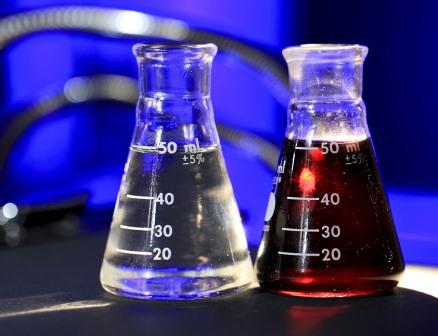APPPLIED CHEMISTRY
CHEMICAL INDUSTRY Chemical industry is define as one that uses chemistry to make chemicals from other chemical substances (raw materials) The important raw materials used in chemical industry include (i) air (ii) CaCO3 (iii) Sea water and rock salt (iv) Sulphur (v) Metallic mineral ore (vi) Coal (vii) Natural gas and petroleum. SOURCES OF […]
APPPLIED CHEMISTRY Read More »
